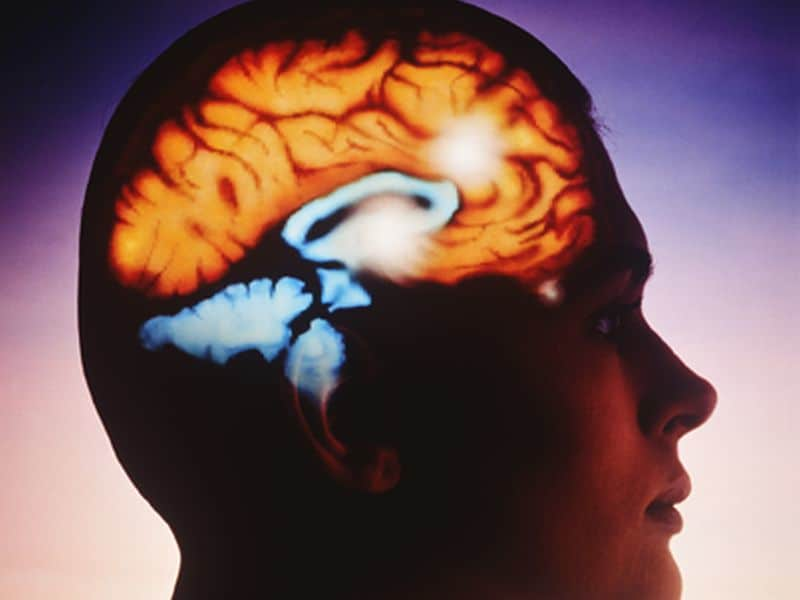THURSDAY, Sept. 13, 2018 (HealthDay News) — Circadian rhythms, the 24-hour body clocks that regulate a person’s sleep-wake cycle, may affect the timing of seizures in roughly 80 percent of epilepsy patients, researchers report.
These findings, which shed new light on seizure patterns, could help doctors treat the disease more effectively, the researchers said.
“Understanding the cyclic nature of diseases is vital for treating diseases like epilepsy that continuously fluctuate in their severity,” said senior study author Dr. Mark Cook, a professor at the University of Melbourne in Australia.
“The human body is a collection of thousands of clocks, each cycling in accordance with their own pacemaker. For example, some cells can track time with millisecond accuracy, while hormonal cycles might have longer periods of hours, days or more,” he explained. “Combined in the body, the presence of all of these cycles has a fundamental effect on our health.”
Cook and his colleagues found that for about 80 percent of people with epilepsy, the timing of their seizures may be associated with their internal body clock.
The study used data from a seizure tracking website and mobile phone app used by more than 1,000 people with epilepsy who experienced frequent seizures.
The scientists also examined data from a small study of 12 people with epilepsy who wore a device that recorded the electrical activity in their brain.
Statistical analysis was used to identify trends in the frequency of seizures among the patients over time, from six hours to up to three months.
The researchers found a link between circadian rhythms and seizures among 80 percent of those who used the website and app. The same was true for 92 percent of those who had their brain activity recorded.
Cook and his team noted that between 7 and 21 percent of the website and app users had weekly rhythms, while 14 to 22 percent had cycles that were longer than three weeks.
They also found that 64 percent of the patients had more than one type of cycle associated with their seizures. It’s unclear if weekly seizure cycles occur naturally or if they are influenced by patient’s environment.
The study showed that seizures linked to a circadian cycle had various peak times, but more occurred at about 8 a.m. and 8 p.m. Among those with weekly cycles, more people had seizures on Tuesdays and Wednesdays. These results were consistent among men and women, regardless of the type of epilepsy they had.
The researchers concluded that circadian cycles regulate the likelihood of seizures — not the other way around. They pointed out that more studies are needed, but they suggested the findings could help patients predict seizures and better manage their condition.
The study was published Sept. 12 in The Lancet Neurology journal.
“The ubiquity of seizure cycles indicates that this is an important clinical phenomenon that affects most patients. This means it could be an important way to improve treatment for many people with epilepsy,” Cook said in a journal news release.
Cook noted that seizure drugs may also be more or less effective at different times of day, depending on how they are metabolized by the body. The researchers added that seasonal changes, holidays and daylight saving time could also affect seizure patterns.
More information
The U.S. Centers for Disease Control and Prevention provides more information on epilepsy.
Copyright © 2025 HealthDay. All rights reserved.

